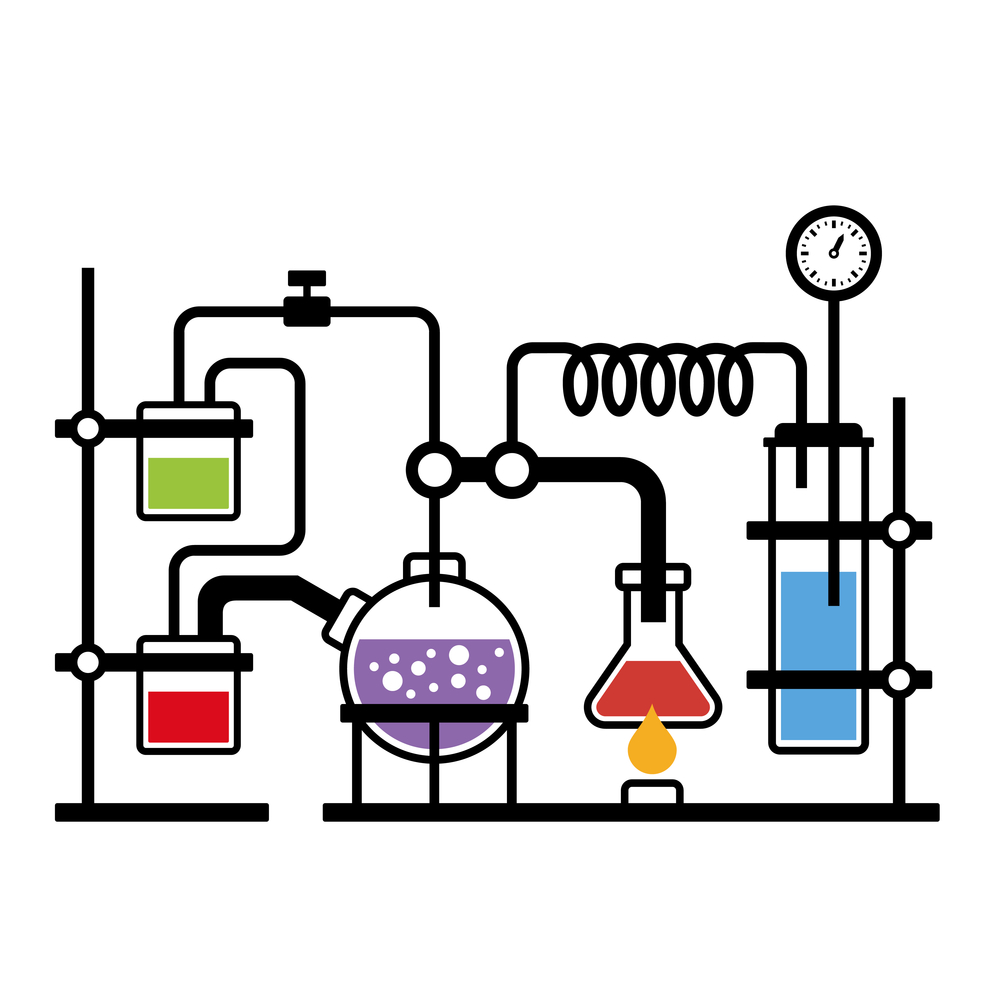
Au naturel?
These days, popular opinion on wine making is as divided as the political landscape with passionate proponents of “natural wine” versus “modern wine”. The polarization between the two sides is so extreme that some restaurants and bars reportedly refuse to serve anything other than natural wine. Some restaurants won’t even allow a guest to bring and uncork his own bottle unless it is natural wine.
Wine is an ancient beverage. It has been enjoyed for literally thousands of years – take, for example, the rice mead of the Chinese dating to 7,000 BCE or the Indian mead of 4,000 BCE or the Georgian wines crafted as long as 6,000 years ago. An alcoholic drink produced from fermented fruits and or grains, the name wine is generally understood to apply when the fermented fruit is grape. Given its long history, one wonders what all the recent fuss is about wine making. After all, it is simply fermented grape juice, or is it?
People enjoyed wine for thousands of years without really understanding the fermentation process – the process by which yeasts metabolize and produce alcohol – until the French biologist, Louis Pasteur, provided a scientific explanation of fermentation in the mid 1800’s. The “science” of winemaking is, in theory at least, straightforward; harvesting the grapes, crushing the grapes, fermentation, aging and bottling. It goes without saying that the essence of the final product very much depends on the individual touch of the winemaker. For example, acidity and alcohol content is strongly influenced by the timing of the harvest. Wine from grapes picked earlier will typically have higher acidity and lower alcohol, with more green flavors and aromas and perhaps more bitter tannin. Conversely, grapes harvested later, will tend to result in a sweeter wine, with higher alcohol level and less acidity. Likewise, maceration – the total time tannins, coloring agents and flavor compounds remain in contact with the wine – is critical to the final product. Similarly, factors such as warm versus cold fermentation, or the type of crushing equipment used – pump overs versus punch downs and aging in oak barrels versus steel tanks are all important, but these are finer, more subtle differences. With these, the individual vintner puts his or her personal signature on the product, without necessarily manipulating the process in a fundamental way.
If wine making is a relatively straightforward process involving a few basic steps, why is there so much controversy in the process? And what is “natural wine” and how is it different from “modern wine”?
Loosely described, natural wine refers to the product of organically grown grapes processed with minimal artificial additions and manipulation in the winery. The concept of natural wine dates back to the late 1960s and 70s when French vignerons of Beaujolais and the Loire Valley began experimenting with the minimization of the use of Sulphur dioxide – a preservative commonly employed by wine makers through the centuries. Their efforts were designed to simplify the process, while minimizing the use of modern technological enhancements in the form of additives and agrochemical products. Contrast this with the zealotry of today’s natural wine movement.
The current movement, on the other hand, is sometimes compared to a countercultural movement. Proponents of this movement are seen as reacting to the increased scale of production, distribution and retailing of wine, as well as the excessive manipulation and adulteration of wine making practices introduced in the 1980s. As they see it, wine is no longer a product of family-owned, modest sized wineries, but a mass-produced beverage from factory styled wineries. In order to ensure maximum marketability, these mass wines are sampled and manipulated until an “optimum flavor profile” is obtained to satisfy the average consumer palate. The result is consistent, acceptable wine that can be sold at reasonable prices. To the natural wine maker, however, tailoring wine making to a predetermined flavor profile eschews the artistry of the vintner, and ignores any environmental factors that influence a wine’s character. The net result is uniformity. To the natural wine proponent, it is the equivalent of the golden arches of McDonald – one can get the same exact tasting French fries in San Francisco as in Istanbul or in Timbuktu!
To modern wine makers, manipulating the wine making process is simply taking advantage of what modern viticulture and oenology can offer in their quest to deliver affordable, good tasting wine to an ever-growing consumer base. They further argue that prior to the advances in viticulture, good wine was not always a given. In truth, for centuries, people had to be content with some awful wine; the all-natural wine making of the past is a romantic concept with questionable validity.
On this point, Paul Lukacs presents a compelling argument in his book “Inventing Wine.” He notes that in the past, wines were radically different. Even though the quality was less predictable, it was consumed in vast quantity. He explains that the consumption was not by choice, rather, it was a necessity. In the absence of readily available, sanitary drinking water, people turned to wine as a precaution against disease. Wine also offered a convenient source of calories for the masses. Quality was of less importance. Today’s wine consumption by contrast is by choice, he argues. Lukacs chronicles how wine became selected for pure enjoyment rather than bodily nourishment. Contemporary consumers are much more demanding, and today’s wines must satisfy the expectations of discerning consumers.
Arguments on both sides of the isle are compelling and passionate. The pendulum has swung hard and wide in the form of a natural wine movement, as a reaction to the globalization of wine. It will be interesting to observe how the debate will settle, if ever…
